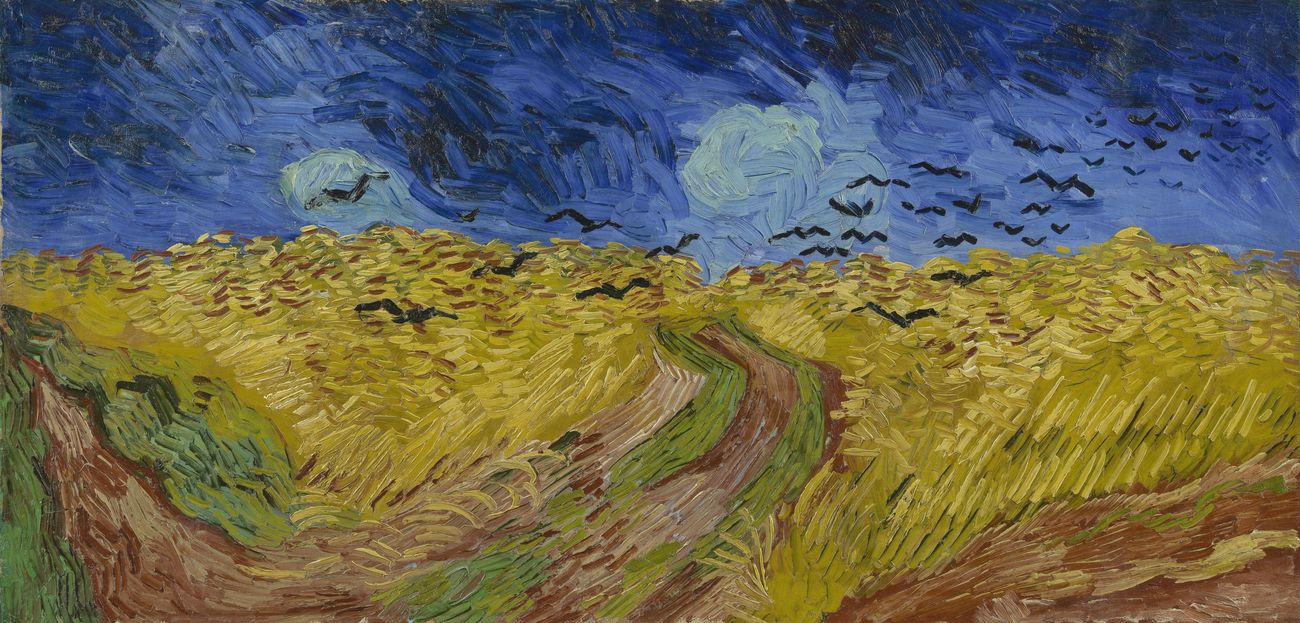
Auvers-sur-Oise. I want to go. Terribly bad. A small rural commune 17 miles north of Paris, this rustic setting is where The Netherlands' own Vincent Van Gogh spent his final seventy days, beginning and completing one painting a day outside with the golden wheatfields spread out around him during what would be known as his Auvers period, before finally shooting himself in the chest and dying two days later in the arms of his doting brother Theo.
I'd known a good deal of Vincent's life, his tribulations and his struggles, but only recently when I sat down to write and complete a fictional story of his strange and ultimately mysterious final seventy days did I truly immerse myself in some the lush and woeful details of his saga and of these final months, which paradoxically were by most appearances some of his finest and most buoyant, when even he had stated that Auvers would be the pathway to his recovery. A common misconception about Vincent is that he was a lifelong painter; the truth is he didn't start painting seriously until late in his life, and his short but prodigious career, despite the total dearth of critical acclaim, is a testament to his talent and desire. The Auvers period was one of his most productive.
The region, so quaintly and peacefully beautiful as evinced by Vincent's writings and paintings, as well as from more modern pictures I've been able to get ahold of, seems like one of those places begging for a Writers' Colony Retreat or a seminar or one of those lit-head gatherings. It's long been a haven for artists (Cézanne, Pissarro, Daubigny) most likely due to its proximity to Paris while at the same time maintaining a-world-apart individuality. Obviously, it's a bit more urbanized and developed nowadays but not to a great extent. The charm remains; many of the buildings Vincent painted in his day still stand. Below is one of the final paintings, Wheatfield with Crows. Both Vincent and Theo, who died shortly after Vincent and whose body was subsequently moved from its original burial grounds at the wishes of his widow Johanna - one of Vincent's most devoted fans - are buried side-by-side in Auvers, brothers until the end.

The story of Johanna Van Gogh, Vincent's sister-in-law and Theo's wife, is amazing in and of itself. Much of Vincent's fame is thanks to Johanna, who after the brothers' death nearly devoted her entire life to the promulgation and distribution of Vincent's work. The letters between Vincent and Theo are also attributable to Johanna's assiduousness. "I am living wholly with Theo and Vincent," she penned in the pages of her diary. "Oh, the infinitely delicate, tender and loving quality of that relationship," and by this point I'm just gushing needlessly. La Fin.

The view from Van Gogh's window at L'Auberge Ravoux, where he lived and died:

No comments:
Post a Comment